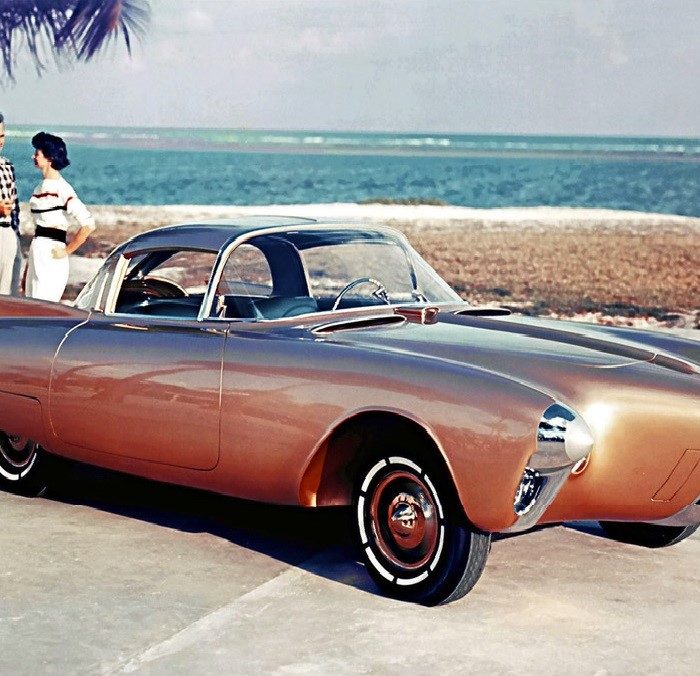The ITS (Intelligent Transportation System) program is a project of Nissan, which has recently been supported at the level of the Japanese government. This development is already being tested on public roads of Kanagawa Prefecture. And a more advanced version – on the territory of the Nissan Technical Center (NTC) in Atsugi. The NTC is a city within a city. With its own streets, intersections and bus routes — ideal conditions for refining the ITS.
The basic part of the system already approved for public roads is a network of optical sensors that communicate with special modules installed on the cars participating in the experiment. The goal is to warn the driver of all sorts of surprises on the road. Of a traffic congestion, a car approaching on a minor road, road works, current restrictions, and so on. And in the controlled conditions of the NTC, the Nissan team is working out additional measures to improve pedestrian safety.
The habit of people to cross against the lights is the main reason for accidents involving pedestrians. Traffic lights on the territory of the NTC are always “green” for pedestrians. And “red” for cars. But as soon as the car stops before a pedestrian crossing, its sensor transmits a signal to the traffic light — and it switches to a green light. That is, the connection between the car and the infrastructure becomes two-way!

However, if cars are constantly moving in stop-and-go mode, fuel consumption and emissions of harmful substances will increase. Therefore, optical sensors in front of intersections should assess the traffic intensity, and the “brains” of the traffic light should calculate the switching phase so that approaching cars don’t have to slow down and accelerate sharply.
But still, pedestrian safety is a priority. So, for example, an interactive speed control zone is organized at the entrance to the local “kindergarten”: a signal about speeding is displayed directly on the screen of the car’s on-board computer.
As an experiment, the Nissan team equips the NTC fleet with interactive modules and computerizes its road infrastructure. Everything is like on the roads of Kanagawa. Even stricter! The HMI (human-machine interface) is supplemented with new functions: if the driver ignores a red traffic light, the HMI system can interfere with the control process.

Finally, they try to solve the problem of traffic jams in Atsugi by synchronizing the operation of several traffic lights at once, depending on the intensity of the flow. And at the same time, to defeat the lines that are formed at right turns when leaving minor streets (in our case, these would be left turns). If the new elements of the ITS successfully pass tests on the territory of the NTC, they will also be allowed on public roads of Kanagawa Prefecture. And then, perhaps, in all of Japan.
This is a translation. You can read the original here: https://www.drive.ru/technic/4efb332e00f11713001e3f17.html

Published November 25, 2021 • 3m to read






